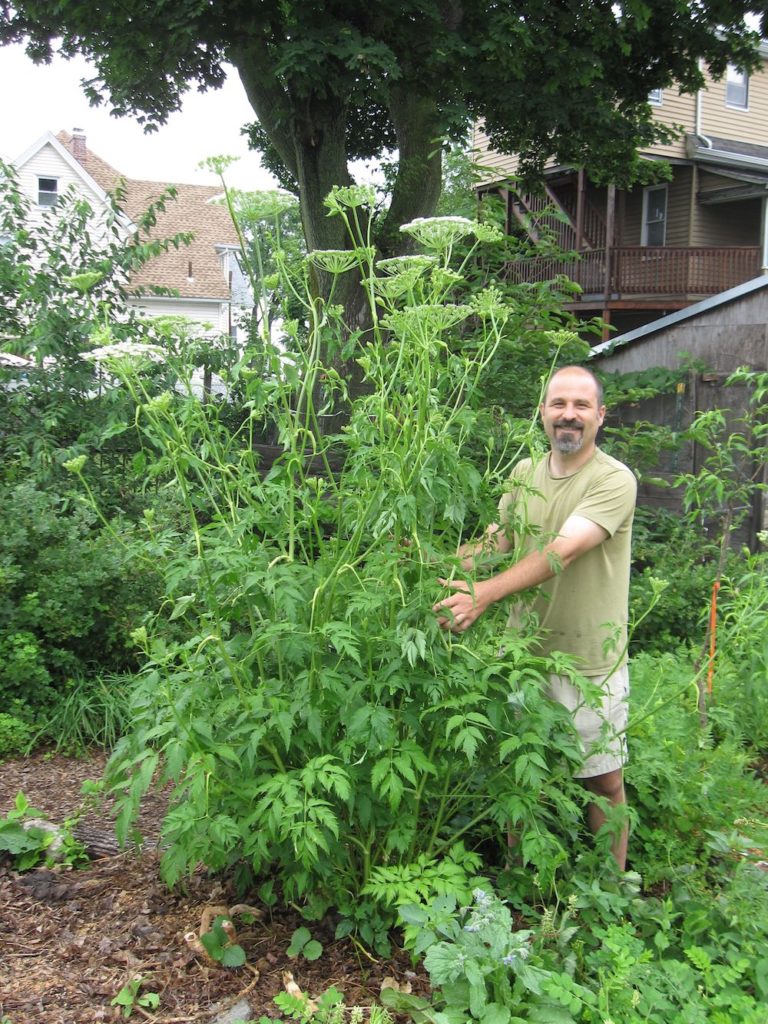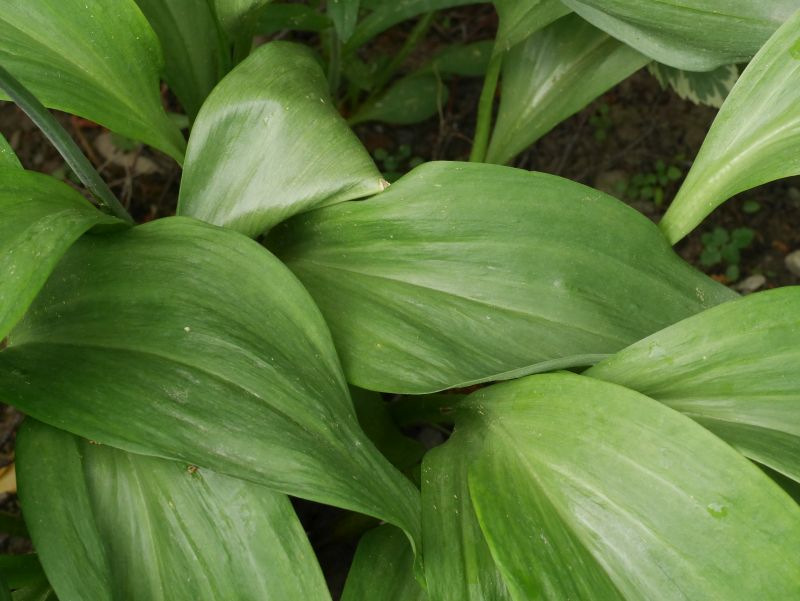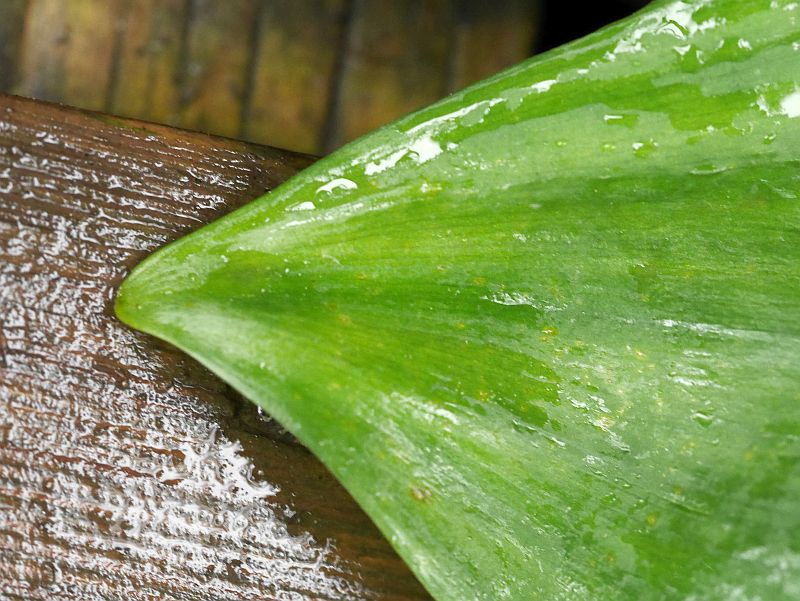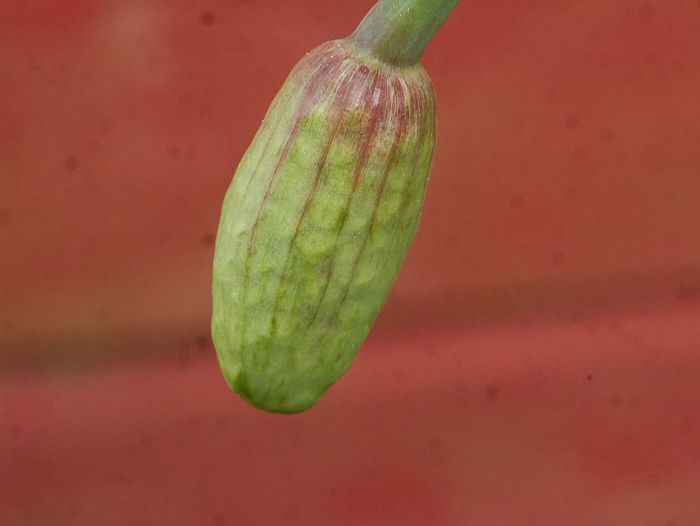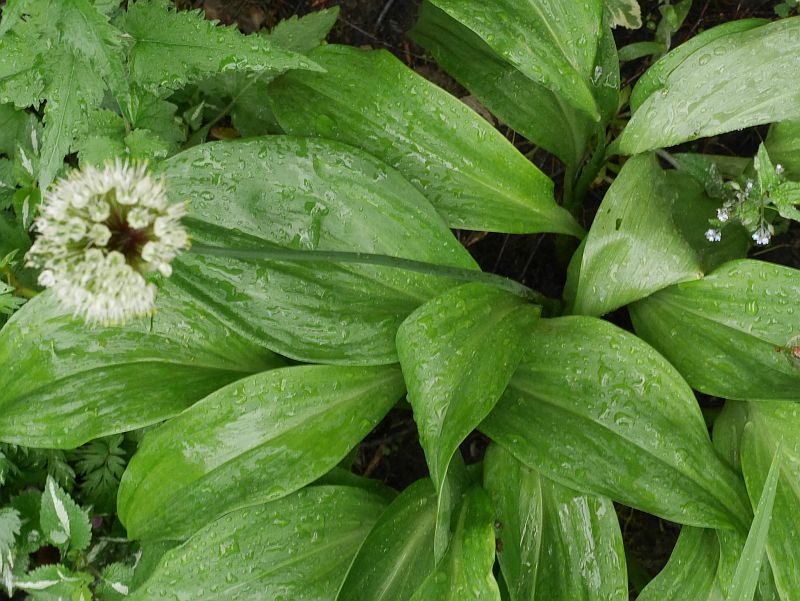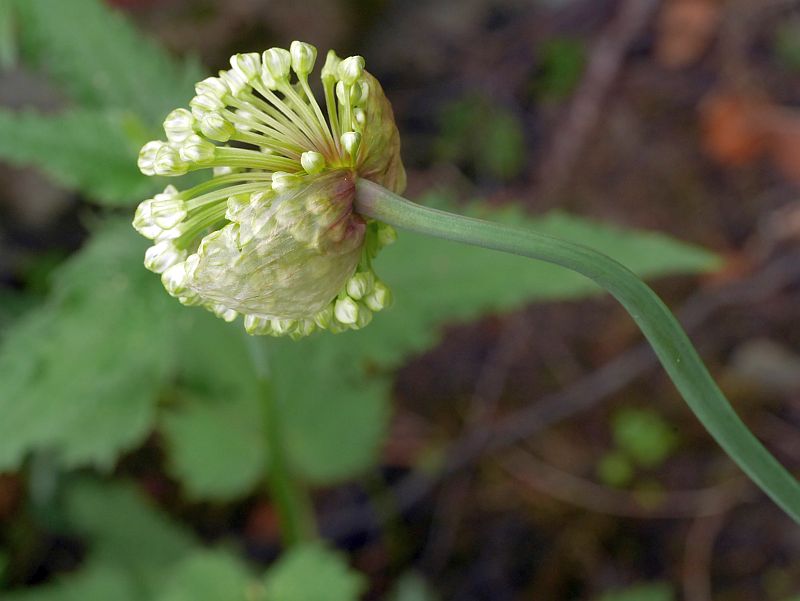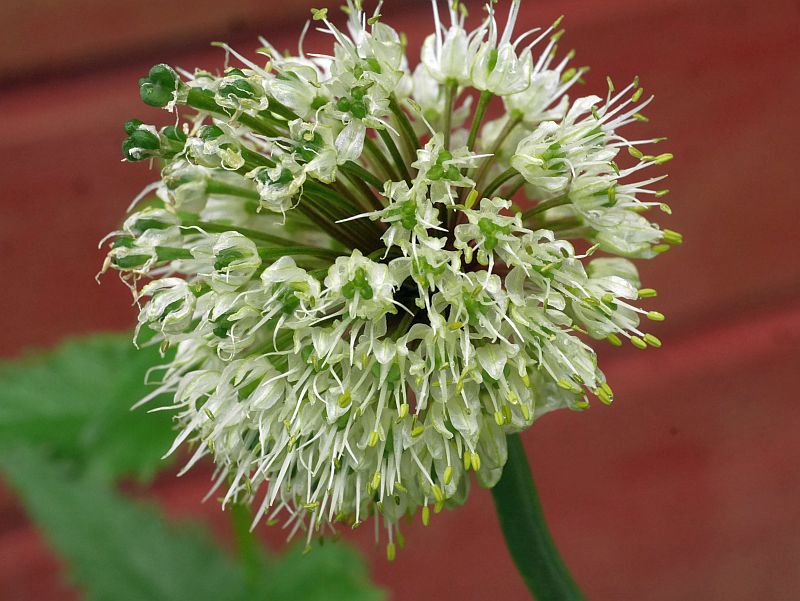In 2019, a very interesting paper was published giving a very good case for splitting the geographically widespread Allium victorialis species complex, at the same time describing a new endemic species to the island Ulleung between Korea and Japan. The paper also mentions that the species is “Rare in natural habitats, but widely cultivated in Korea as an edible plant named ‘Myeong-i-na-mul’ or ‘Sanmaneul.’”
Reference: “Allium ulleungense (Amaryllidaceae), a new species endemic to Ulleungdo Island, Korea” by Hyeok-Jae Choi, Sungyu Yang, Jong-Cheol Yang and Nikolai Friesen in the Korean Journal of Plant Taxonomy
Those who follow my blog and FB posts will maybe remember my article on the Giant Ulleung Celery, Dystaenia takesimana, another edible endemic to this island which I’m growing in my garden from two sources, one of which is the Gothenburg Botanical Gardens in Sweden (see http://www.edimentals.com/blog/?p=24998)
Figure 4 in the paper (below) shows a map of Allium subg. Anguinum showing the disjunct distribution of what was earlier classified as Allium victorialis, now split into Allium victorialis, microdictyon, ochotense and the new species Allium ulleungense together with other species in the section like Allium ovalifolium.
The article has a useful table and pictures showing the differences between microdictyon, ochotense and ulleungense.
I have about 10 different “Allium victorialis” accessions in my garden both from Norway, Kola (Russia), the Alps and the Far East. Having read the paper which documents that the Ulleung victory onion has both broader and longer leaves I noticed that one of my plants had very different and broader leaves than my other ones and was particularly vigorous. I had lost the label of this plant. Johan Nilson of the Gothenburg Botanical Garden wrote on the Alliorum forum thread about this species: “I believe we might grow this” (they had had an expedition to the island some years ago and this onion and Dystaenia had been collected). Johan had given me various edibles on a visit to Gothenburg a few years ago and I wonder if he might have given me this plant?
Anyway, the morphology of this plant fits well to the newly described species with several leaves 12 cm wide (ochotense reaches 10 cm and microdictyon 6 cm); leaves up to 26-27 cm long (the other two species reach 25 and 21.5cm) and yesterday I measured the white tepals which are slightly longer in the new species and this also matched with 7mm length (the others reaching 6.5). The rounded leaf apex of my plant also matches ulleungdense, acute in the other two species (and other Japanese accessions I have in my garden). I now need to propagate it and plant it in the Allium garden Chicago at the Ringve Botanical Garden.
Tag Archives: Ulleung-do
Giant Ulleung Celery
In my world, plants that are both perennial, edible, ornamental and popular with pollinating insects are the most valuable (I term this class of plants edi-ento-mentals) and the Giant Ulleung Celery, Dystaenia takesimana, ticks all 3 boxes! That it can provide winter greens at a time of year when little else is available is its biggest advantage as an edible plant! This plant has been a closely guarded secret amongst a selected few for many years, but is now poised for the big(ger) time! The fact that I’ve written the article below about this plant is thanks to one man, plant breeder Professor Elwyn Meader (1910-1996) who collected seed on its small home island of Ulleung-do in the East Sea between the Korean peninsular and Japan in 1953! Without his generosity and enthusiasm 30 or so years ago to share seeds, we wouldn’t know about one of the potentially most useful permaculture plants! Please download the article below and seek out plants and seed!
The photo below of a flowering Giant Ulleung Celery at Eric Toensmeier’s home Paradise Lot in Holyoke, Massachusetts is courtesy of Jonathan Bates, who’s in the picture too.
